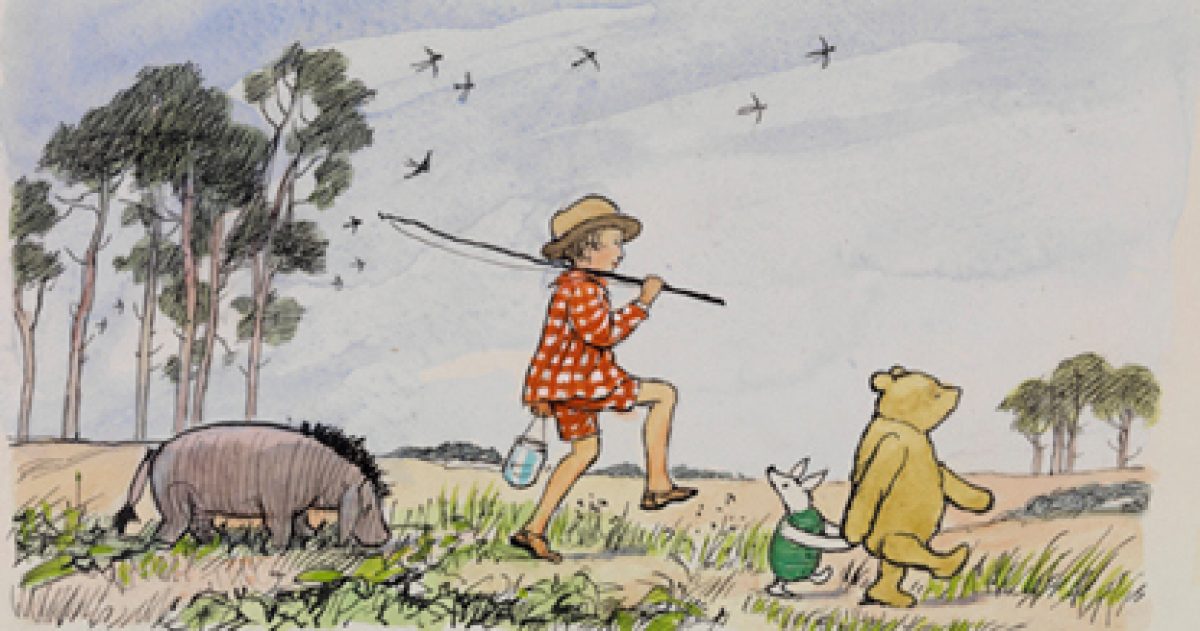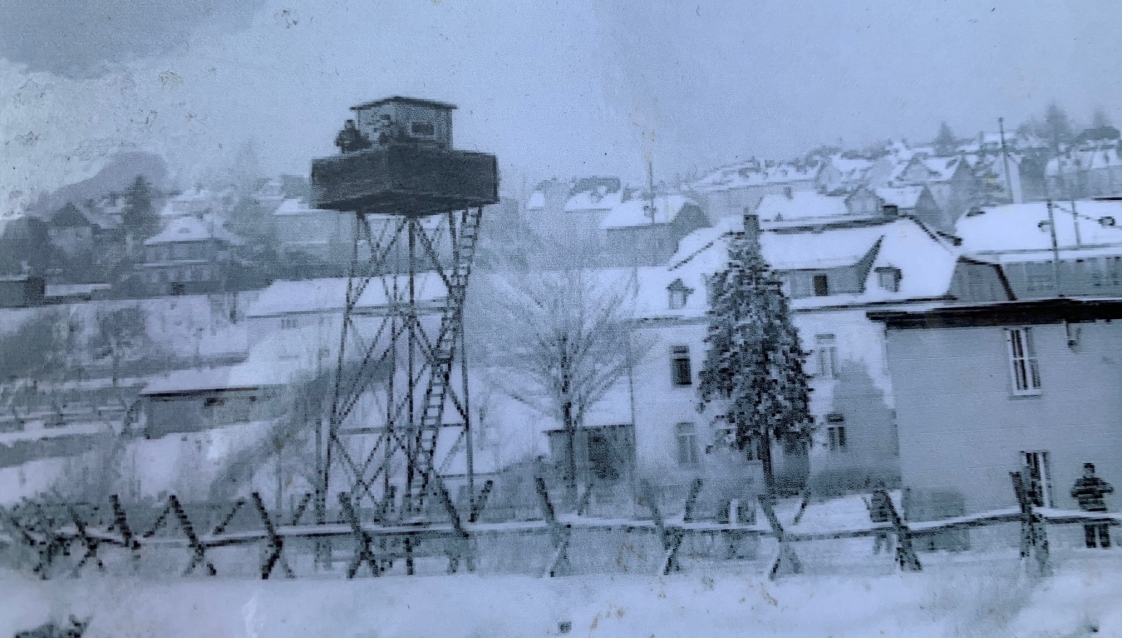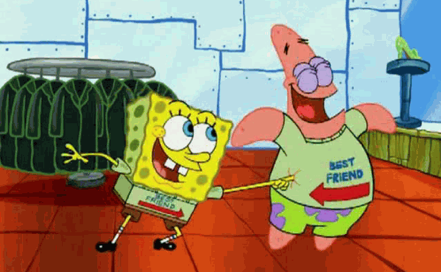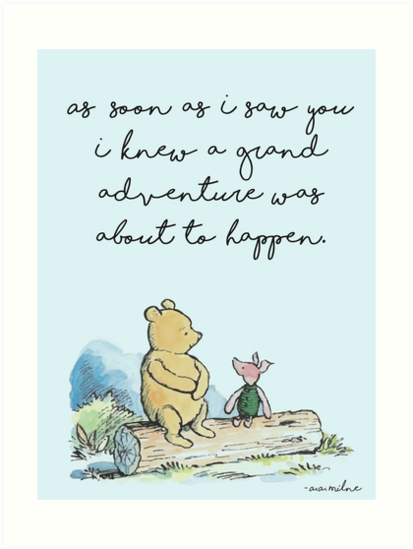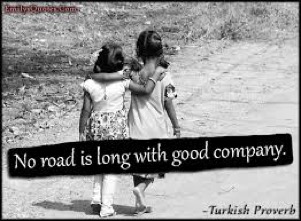
Absorbed into the trail, my footsteps join the collage of those who have walked before me, documenting my transient participation in deep time. My personage is enshrouded by a mystery of greatness. My thoughts centre around a vista of heroes, whose legend clings to trees, drips down rock faces, clacks on cobblestones, flows richly in rivers, and breaths in the valley-draping mist.
Their stories shape direction, blaze trails and create pathways for precedent. Horizons scaped with valour, inspiration, discovery, innovation, perspicacity. They were the vanguards of the unconventional and sentries of the atypical. Excavators of enchantment, artisans of the authentic and primary producers of new paradigms.
Undaunted by the undiscovered, untested or unaccepted. Unfeigned obsession with, submission to, immersion in, the possibility, plausibility, probability. A steady parlance with cynics, supporters, sweethearts and slanderers. The giant shadows of Goethe, Wagner, Jean-Paul Richter, von Humboldt and Weller infuse the spirit of bravery, creativity, discovery, ingenuity and ambition infectiously in every step.
A step in a quest of discovery, of writing, questioning and philosophising. “We all walk in mysteries. We are surrounded by an atmosphere about which we still know nothing at all.”Johann Wolfgang von Goethe (1749 –1832). Truth ricocheting off Jurassic cave walls and scaling ancient colossal stones.
A romantic path of poetry; bold and fantastic. “Like a morning dream, life becomes brighter the longer we live and the reason for everything appears clearer. What has puzzled us before seems less mysterious, and the crooked paths look straighter.” Jean -Paul (1763 –1825). Revelations in Fichtel Mountain thickets. Enigmatic words and poetic devices decorate spruce trees and blossom in the flowers of the Siebenstern.
A trail blazed with innovation and invention, of forges, hammers, iron and mines. Scattered through the ‘Wellertal’, carved by the captain of industry, chiselled through the heights of honour and nobility, slashed through dishonesty and disgrace. Progress and greed flowing cold in the Eger river, escorting the legend of Johann Christoph Weller (1647-1721), into mills and dams, on towards the heights of hydropower and homes. A stream of unceasing enterprise and energy.
A promenade of eccentricity and egotism. Compositions of exile and escape. Delusional boardwalks paved with grandeur. The Festspielhaus of Richard Wagner’s (1813-1859) fame and broken fortune. The loyalty and love of Wagnerians. Performances of passion, patriotism, scandal and controversy. A dramatic synthesis of poetry, unparagoned operas, the aftermath of Adolf, and manuscripts of anti-Semitic sentiments paper the walls of Wahnfried.
A passage of exploration through the world of polymaths, geography, naturalism and geology, uncovers the covered, names the unnamed, traverses the untraversed and challenges the unchallenged. The personal conviction, penchant for collecting and unceasing intellectual contribution of Alexander von Humboldt (1769-1859) to the popularization of science, silently sit in the goldfields of Goldkronach, draw us to the magnetic rocks of Haidberg, and after 250 years, continues to unearth deep seated notions of discovery and wonder.
Embedded in my footprints, imbued in every step, settles a participation in the past, encounters with enterprise, a brush with the bold and brave, an adventure with awakening, a connection with conviction, acquaintance with the authentic and an abiding humility, awe and appreciation of my privilege in this partnership. Truly in this forest, “Between every two pines is a doorway to a new world.” John Muir

